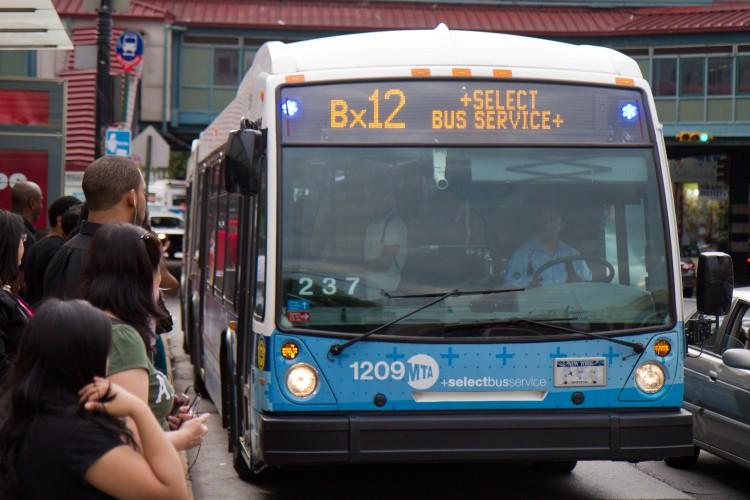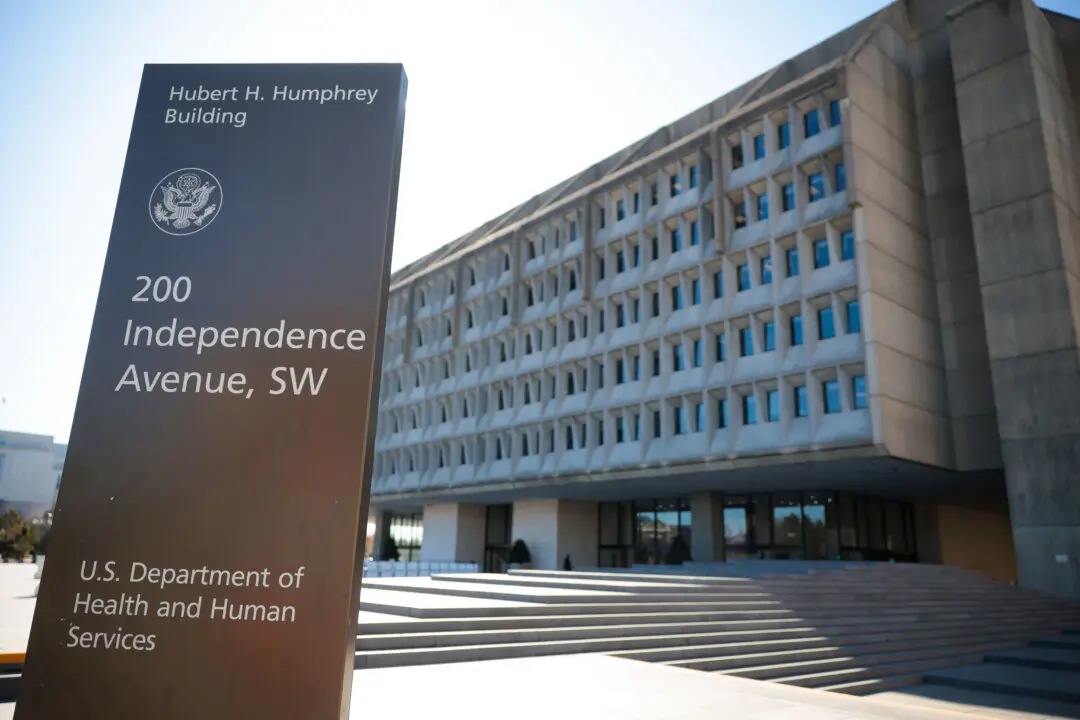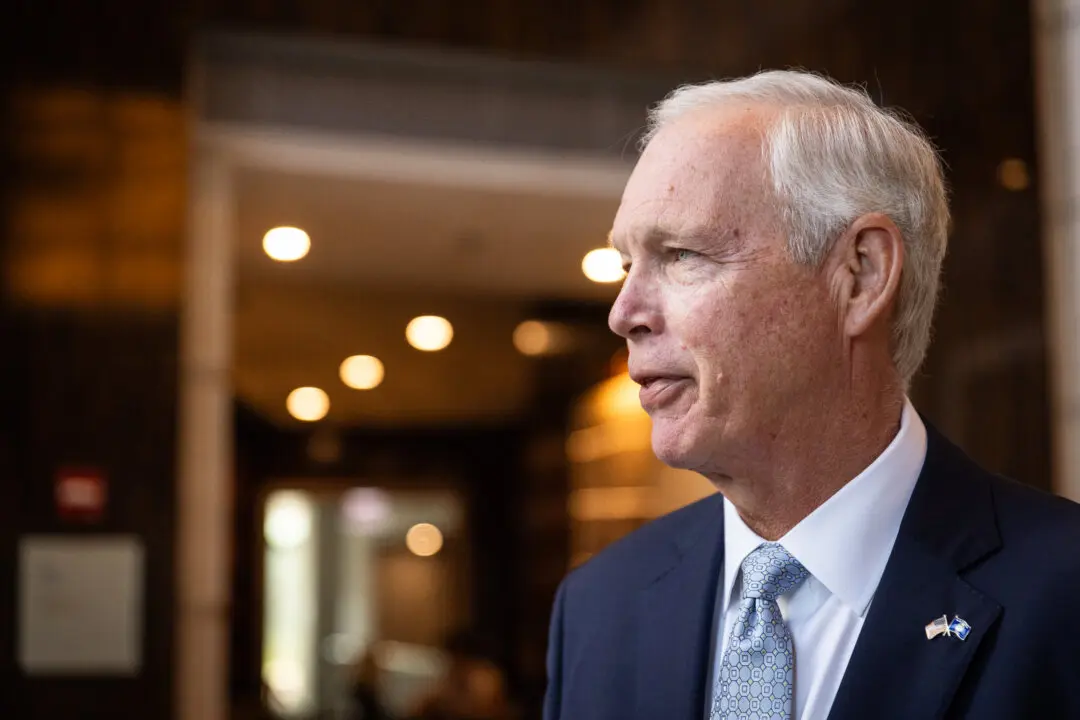NEW YORK—Reaching boroughs other than Manhattan comes with difficulty, and time. Speeding up commutes between boroughs and inside boroughs themselves has been the subject of multiple reports, and a concern for millions of New Yorkers.
“As our city decentralizes its job growth, our transit infrastructure must be adapted to meet our changing needs, and support job growth all across our city,” said Councilman James Vacca, chair of the City Council’s Committee on Transportation, on Tuesday.
With subway expansion comes prohibitive costs, and new Metro North stations, in East Bronx and Manhattan, won’t arrive until after East Side Access gets completed in 2019 or later, said a MTA official. Commuter rail fare costs more than bus and subway fare. The quickest and cheapest way of extending public transportation? Buses.
“One of the major advantages of the bus network is that it’s always adaptable—if we need to change or add a route to service, a new economic hub, or housing development, it’s possible at a much lower cost and a greater speed than adding a subway line,” said Vacca.
“More workers are commuting to jobs outside of Manhattan than ever before, and as policymakers we must acknowledge that and adapt the bus network to meet those needs. ... The economic future of our city depends on that,” Vacca said.
At the City Council hearing at 250 Broadway examining the issue, a host of city transportation officials and transportation advocates crowded into a room for updates on the latest expansion developments.







